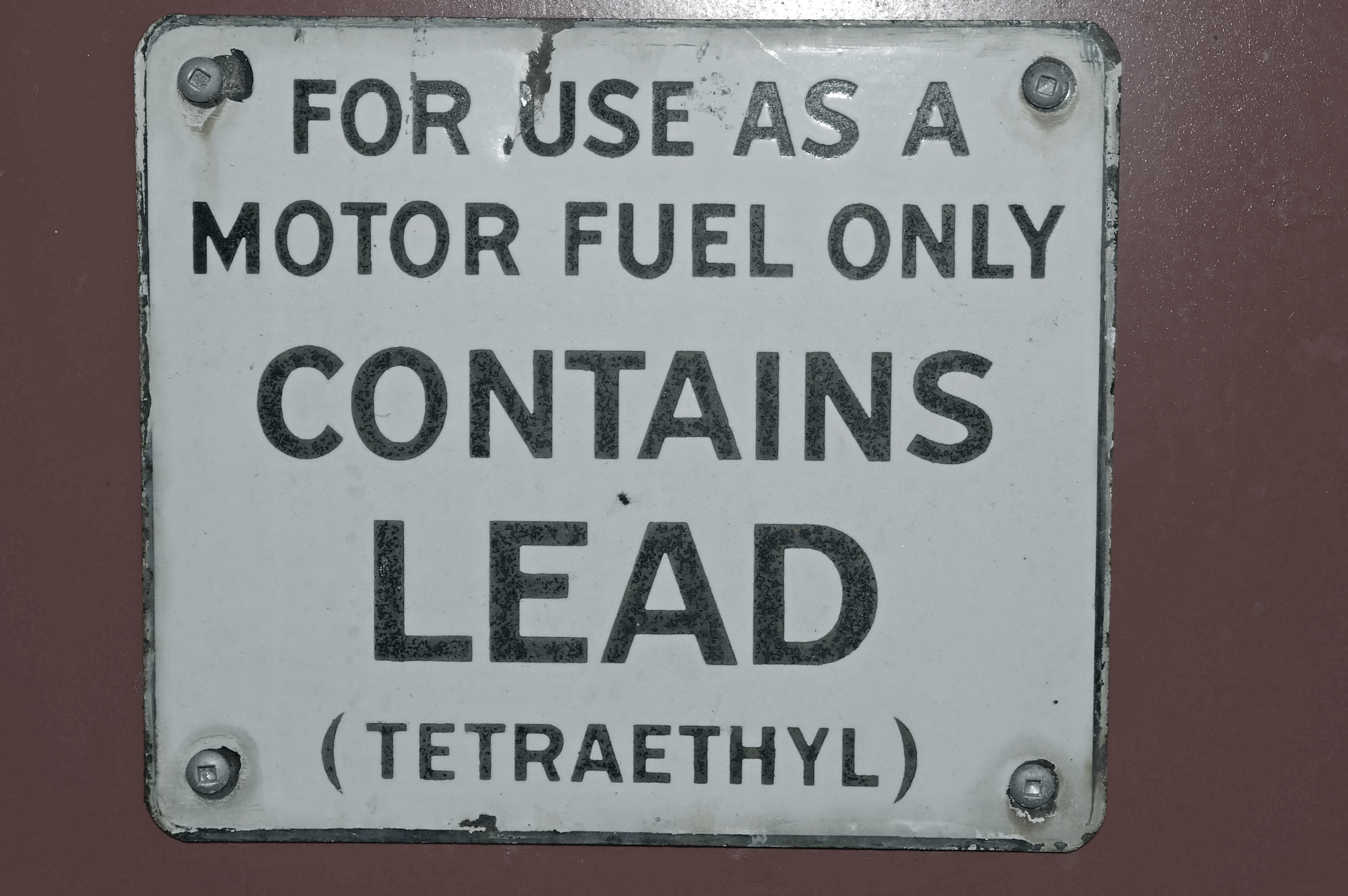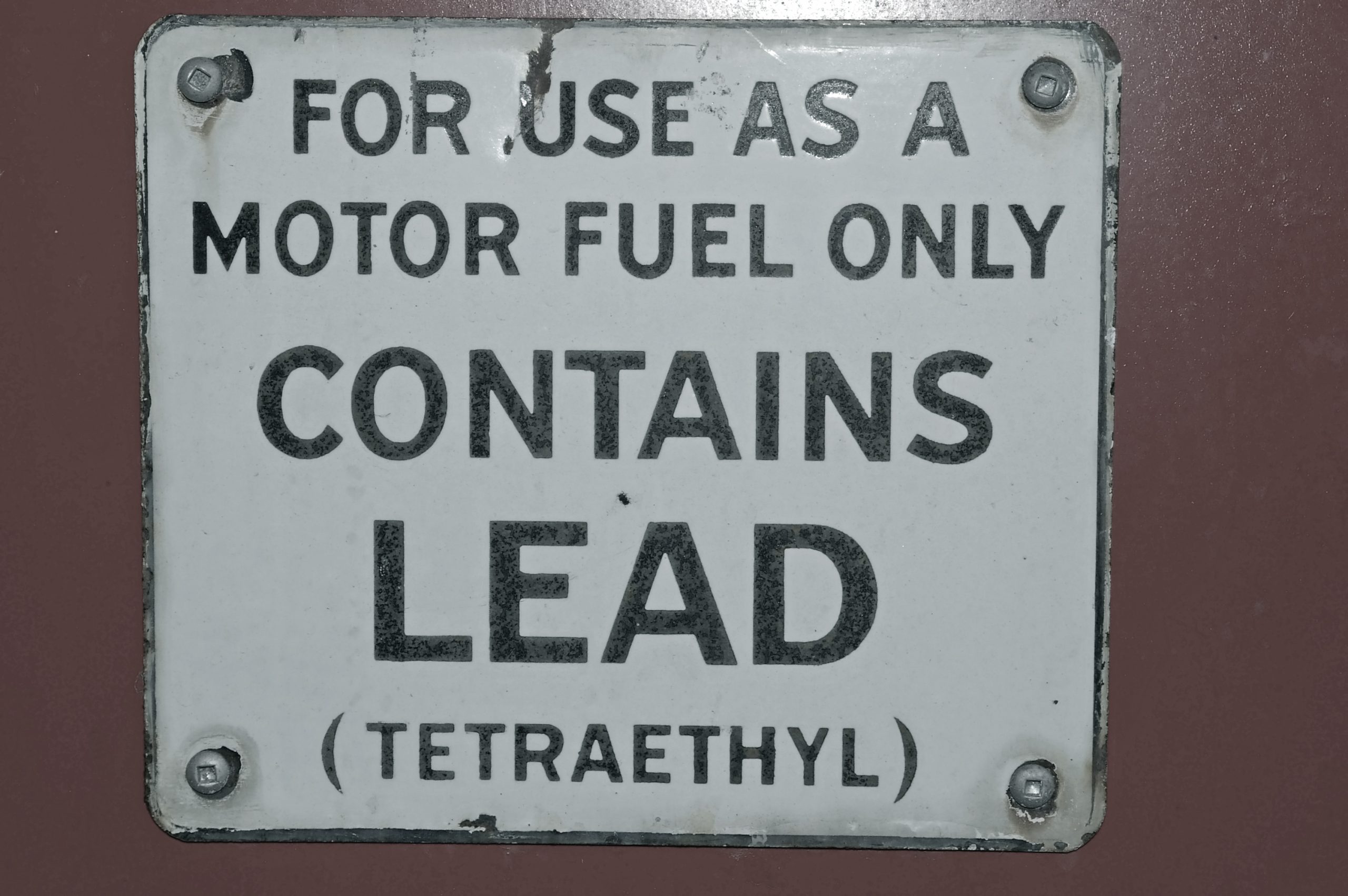
Lead isn’t just making us sick, it may be making us violent
You will recall the story we did on the Flint, Mi water crisis. Honestly, you’d have to be living in a cave to not know what’s going on; even the politicians have made Flint and its current troubles a platform in the upcoming election. Everyone is writing about it and reporting on both what’s going on and what isn’t going on. But children are still suffering. Because the government took short cuts and ignored the problem for far too long, some of their lives will now be marked by lower IQ’s, damaged hearing, learning disabilities, and potentially “increased criminality”- common side effects of lead poisoning.
And sadly these children aren’t alone. Decades after lead paint was banned, it remains on walls in old houses and buildings- and mostly in the poorest neighborhoods. Flint isn’t alone either. There are numerous cities with past or ongoing lead issues: Sebring, OH, Chicago, IL, Washington, D.C. (back in 2001), Durham and Greenville, N.C., Columbia, S.C. and even Jackson, Miss. As far back as the 1950’s we knew lead needed to be dealt with, “Manfred Bowditch, the director of Health and Safety for the Lead Industries Association, argued at the organization’s 1957 annual meeting. “The problem of lead poisoning in children will be with us for as long as there are slums.”
From the article on The Atlantic:
“With the industry unwilling to accept responsibility for a toxic product, and with the “problem” of lead reduced to a certain type of neighborhood, …public-health officials failed to address the lead epidemic beyond reducing known damage. Caseworkers could enter children’s homes and remove lead from the walls after a child had been identified as lead poisoned. But the money and will to do major preventive public-health work—systematically removing lead from wherever children lived, before children got sick—never came. This was true even in the 1960s, the era of “Great Society” programs such as Medicaid, urban renewal projects, and food stamps. Community activists like the Young Lords in New York and the Citizen’s Committee to End Lead Poisoning in Chicago took up lead poisoning as a symbol of urban poverty, campaigning for more blood testing for children and stronger enforcement of existing housing codes.
Lead was still seen as a problem that “belonged” to poor people of color. “Ironically, those activists were actually very successful in making sure that that was how the rest of the country saw it,” he says. And that kept political will to a minimum.”
So, lead was in paint. However, the biggest source of it wasn’t in paint, it was in our gasoline and that didn’t stop until the 70’s. As the smallest amount of this toxic metal can do permanent and devastating damage to the developing brain, including criminal behavior issues, some researchers started to look for evidence between lead poisoning and crime. And they found it. “…if you chart the rise and fall of atmospheric lead caused by the rise and fall of leaded gasoline consumption, you get a pretty simple upside-down U: Lead emissions from tailpipes rose steadily from the early ’40s through the early ’70s, nearly quadrupling over that period. Then, as unleaded gasoline began to replace leaded gasoline, emissions plummeted. Intriguingly, violent crime rates followed the same upside-down U pattern. The only thing different was the time period: Crime rates rose dramatically in the ’60s through the ’80s, and then began dropping steadily starting in the early ’90s. The two curves looked eerily identical, but were offset by about 20 years.”, reports Mother Jones.
That means that children who ingested high levels of lead in the ’40s and ’50s were more likely to become violent criminals in the ’60s, ’70s, and ’80s. This is both terrifying and sad, but not just a problem for the U.S. Researchers found that lead data and crime data curves fit together in other countries as well, like Australia, Canada, Great Britain, Finland, France, Italy, New Zealand and West Germany.
From the article on Mother Jones:
“High exposure to lead during childhood was linked to a permanent loss of gray matter in the prefrontal cortex—a part of the brain associated with aggression control as well as what psychologists call “executive functions”: emotional regulation, impulse control, attention, verbal reasoning, and mental flexibility.”
Our hearts go out to the poor parents who are watching their children struggle and those whose futures are so unknown. While we hate the situation, we are thankful that a spotlight is continuing to be shone on the problem of lead poisoning. Hopefully someone will make the tough decisions needed and take hard and serious action. And soon.
Source: The Atlantic, Mother Jones and The Chicago Tribune












